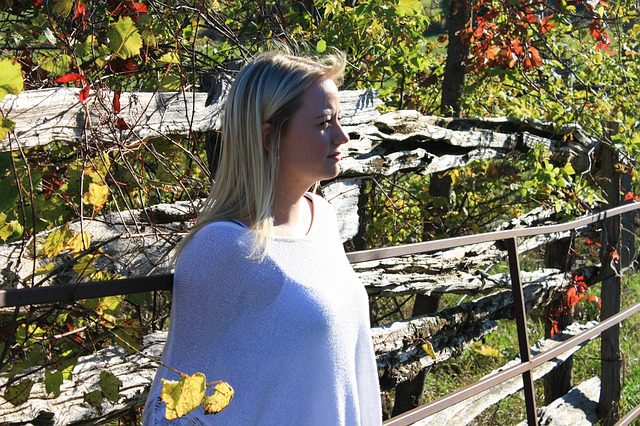
Now that summer is coming to a close, you might be thinking, ‘At least I don’t have to remember to put on sunscreen anymore.’ Maybe it is not the biggest thing on your mind these days, but it is important to remember that you do need to protect your skin all year long–not just when basking by the pool or at the beach.
All year and even when there is cloud cover, the sun emits harmful ultraviolet (UVA and UVB) rays that not only cause sunburns, they also can cause skin cancer. If that’s not enough for you, they can lead to premature aging, wrinkles, and age spots too (now we’ve got your attention).
But seriously, skin cancer is a major public health problem, with more than 9,000 people a year diagnosed with this kind of cancer. According to the American Cancer Society, this occurs more in women under the age of 50, but by age 65 men are two times more likely than women to be diagnosed with skin cancer.
And sunscreen has been proven to help prevent skin cancer. Sunscreen protects your skin from the sun’s ultraviolet rays in two ways: by absorbing the rays before they reach your skin cells (chemical sunscreens), or by reflecting them away from your skin (mineral sunscreens).
The active ingredients in chemical sunscreens include avobenzone and oxybenzone, and the ones in mineral sunscreens include zinc oxide and titanium dioxide. Each of these compounds has been approved by the FDA and is safe to use, according to the American Academy of Dermatology.
Though there are just a few active ingredients, there are hundreds of different sunscreens on the market. It can be hard to pick the right one. Sunscreens differ in many ways: they come in spray-ons, lotions, and creams; they cater to oily skin or dry; some are for sensitive skin or children.
The sunscreen you smear on during the summer isn’t necessarily the same stuff you want to wear every day to work. Though, if you work outside all day, and love to smell like coconut year round, then by all means keep to your summer sunscreen routine–in fact you should.
No matter what sunscreen you choose, it should have an SPF of 15 or higher, and it should be Broad Spectrum. Both of these should be written clearly on the label, but it is helpful to understand what they mean.
Sun Protection Factor (SPF) has to do with ultraviolet-B (UVB) rays–they are the ones that cause sunburn and are implicated in increasing your risk of cancer. An SPF of 15 indicates that the sunscreen blocks 93 percent of those rays, and goes up to 99 percent with SPF 50. No sunscreen can block 100 percent of UVB rays.
Broad Spectrum means that your sunscreen protects against UVB rays and Ultraviolet-A (UVA) rays. UVA rays penetrate deeper into your skin, and they are responsible for wrinkles, age spots, and other signs of premature aging.
As long as a sunscreen has a good SPF and is broad spectrum, you can choose any on the market that fits your skin type and lifestyle. If you have oily or acne prone skin, choose one that is oil-free or non-comedogenic (doesn’t block pores). If you have sensitive skin, choose a product that is fragrance and PABA free. And if you wear makeup, many of today’s primers and foundations come with sunscreen built right in.
Skin protection is, of course, about more than just sunscreen. You should wear a hat, stay out of direct sun for long periods, and you should regularly check your skin for moles. If you have any concerns about your health and risk of skin cancer, call for an appointment today, we’d be happy to talk to you.

